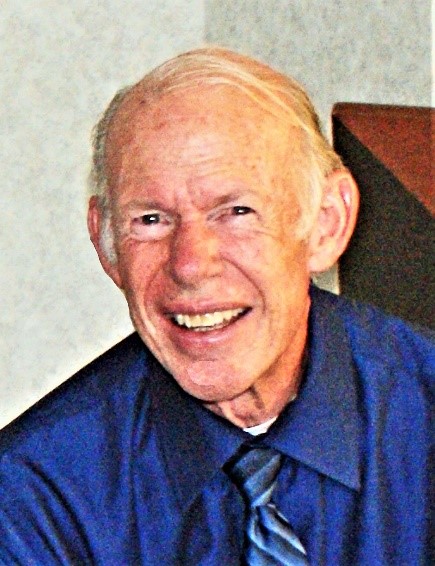Glenn Harris

Holocene Climate Change – How Have Plants Responded
Presented by Glenn Harris on Friday, April 5, 2024 at 6:30 pm
Climate change seems to be a hot topic recently. With projections ranging from a crispy burned-up earth to an impending ice age. The earth has gone through several climate swings in the past and from these we can learn how plants have responded. The presentation will include a quick tutorial on the glacial periods, theories as to their cause, the climate of the current Holocene epoch, and how civilizations have reacted to temperature changes of the epoch. The discussion will include information on vegetation at the end of the last major glaciation. This will be compared to current vegetation. The author will discuss what we have learned and how we can project future trends. The author has spent most of his life observing natural ecosystems. For the last nearly 50 years he has been working in the region. His illustrated talk will include tables, maps, illustrations, and photographs of many plants and landscapes.
The last million years are referred to as the Pleistocene period by geologists. It has been labeled a period of Ice Ages. The last major Ice age was the Wisconsin glaciation which existed from 60 thousand to 13 thousand years ago. In the Sierra Nevada Mountains, the last major glaciation was the Tioga and Reeces Peak period which ran from 28 thousand years ago to 13 thousand years ago. Since that time, we have been in an interglacial period called the Holocene epoch. Cyclic swings between warm periods and little ice ages have characterized the Holocene epoch.
Scientists have been able to reconstruct prehistoric plants using pollen embedded in silt and clay deposits in lakes and rat middens. We find that plants have stayed in similar life zones over time, and the life zones have migrated up the mountain slopes or farther north over time. These movements have resulted in new open niches for new species to invade. It has also resulted in disjunct and fragmented populations of some species. This has sometimes been referred to as the island in the sky effect. Looking at the past and current conditions and using a knowledge of plant physiology one can make projections about plant responses to climate changes.
Glenn Harris is a fifth-generation Californian. He graduated from Humboldt State College (now University) with a Bachelor’s Degree in Rangeland Management, he has a degree minor in Geology and has completed extensive graduate work in Wildland Hydrology. He also has a degree in Administration of Justice from the Riverside Community College.
He started work for the Bureau of Land Management in 1974 as a Desert Ranger and Range Conservationist working in the eastern Kern County area. In 1989, he was reclassified as a Natural Resources Specialist. He worked for nearly 24 years in that position as the BLM expert in Botany, Soils, Water Resources, Hydrology, Air Quality, Range Management, and Fire Management. He served on the Indian Wells Valley Cooperative Groundwater Management Group and chaired the technical advisory committee. He taught courses at the BLM National Training Center in Phoenix and in field locations throughout the western states. He has received numerous awards for his work including the Department of the Interior’s Distinguished Service Award, its highest award. He retired from the Bureau of Land Management in 2013 with nearly 39 years of federal service and continues to live in the valley.
He is familiar with the desert area having worked in the region for over 45 years, 39 of them for BLM. He is currently chairman of the Kern County Weed Management Area group. He also serves as a volunteer with the BLM and a docent with the Maturango Museum. With the museum, he takes environmental education into the classroom and public groups giving talks on Geology, earthquakes, volcanoes, and insects. He has worked with the Annual Wildflower Show as both a collector and Taxonomist identifying collected specimens for many years. He has been a volunteer for the Sand Canyon Environmental Education Program (SEEP) since its beginning working both the plant and aquatics stations.
